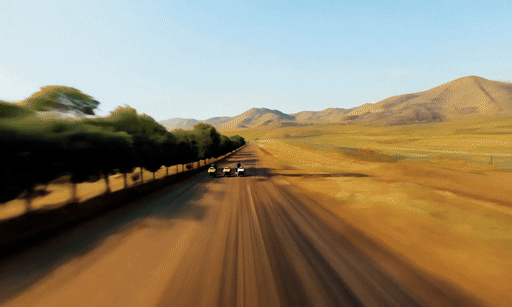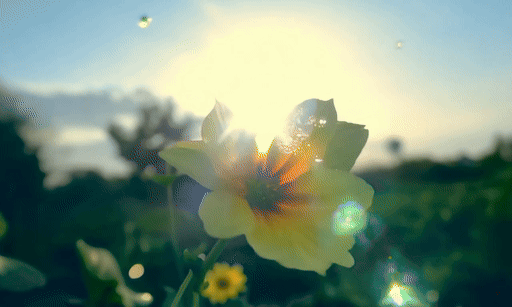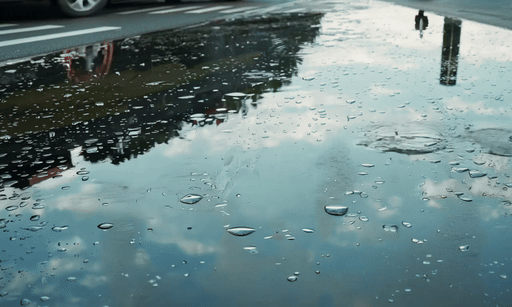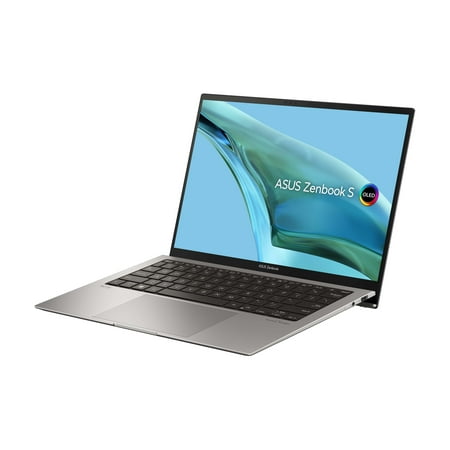Runway now lets you write 1,000 character prompts to generate AI videos — I put it to the test
Does size matter?

Runway is the most popular and one of the best AI video generators — and with its latest update, you can now give it prompts of up to 1,000 characters.
Every AI model is slightly different in how you prompt it, some prefer a long and complex prompt, while others want something more specific and focused. Runway seems to be somewhere in the middle, with its prompting guide asking for specificity and a degree of brevity.
To find out if 1,000 character are necessary to get an impressive level of both realism and motion from a text prompt I came up with a series of concepts and then created short and long-form prompts for each concept that adhere to the Runway prompting guide.
Creating the prompts
I needed to start with a general concept for each, and one that would lend itself to a more descriptive prompt — so it needed to have specific features or motion requirements.
I prefer to use image-to-video as it gives you more control over the output, but Runway has an impressive image quality when you use text-to-video. So, for this test, I decided to exclusively use text. You can use up to 1,000 characters in image-to-video as well.
1. Evolution of Transportation


One-sentence prompt: “Hyperspeed FPV footage: The camera seamlessly flies through different eras, showcasing the evolution of transportation from ancient to futuristic.”
Long prompt: “Continuous hyperspeed FPV footage: The camera seamlessly flies through different eras, showcasing the evolution of transportation. Begin in ancient Egypt with wooden sleds and chariots, gliding past the Great Pyramids. Transition to medieval Europe, featuring horse-drawn carriages on cobblestone streets. Zoom through the Industrial Revolution, highlighting steam locomotives and early automobiles. Swoop into the 20th century, showcasing the Wright brothers' first flight, transitioning to commercial airliners soaring over cityscapes. Dive into the modern era with sleek electric cars and maglev trains. The camera movement accelerates, blurring the scenes to represent the rapid pace of innovation. Emerge in a futuristic cityscape with flying cars, hyperloop systems, and teleportation pods.”
2. Blooming Timelapse


One-sentence prompt: “Stationary timelapse: A vibrant flower blooms in a sunlit garden, from bud to full blossom.”
Long prompt: “Stationary timelapse: A single flower bud takes center frame in a sunlit garden, occupying the lower third of the shot. The background is slightly out of focus, showing hints of other plants and flowers in soft, muted colors. As the video progresses, the bud slowly unfurls, revealing layers of vibrant petals. The lighting gradually shifts from early morning's cool blue tones to the warm golden hues of midday sunlight. Dew droplets on the petals catch the light, creating sparkles as they evaporate. Small insects occasionally flit through the frame, adding life to the scene. The flower's color intensifies as it opens fully, becoming the focal point of the composition. Shadows from offscreen elements may briefly pass over the scene, suggesting the passage of time.”
3. Cityscape Reflection


One-sentence prompt: “Static shot: A puddle reflects a bustling cityscape, with people and vehicles passing by, creating a mirror world effect.”
Long prompt: “Static shot: The frame is divided horizontally, with the lower half showing a puddle on a city sidewalk. The puddle acts as a mirror, perfectly reflecting the bustling cityscape above. The real cityscape occupies the upper half of the frame, showing modern buildings, traffic lights, and a busy street. As the video progresses, people's legs and the undersides of vehicles pass through the frame, their reflections creating ripples in the puddle. The lighting suggests late afternoon, with long shadows and warm, golden sunlight glinting off windows and the water's surface. The reflected world in the puddle seems almost more vibrant than the real one, with colors slightly intensified by the water. Occasional leaves or debris may float across the puddle, briefly disrupting the reflection. The juxtaposition of the static camera with the constant motion of city life creates a hypnotic effect.”
4. Sandcastle vs. Tide


One-sentence prompt: “Low angle static shot: A meticulously built sandcastle gradually succumbs to the incoming tide.”
Long prompt: “Low angle static shot: A beautifully crafted sandcastle occupies the center of the frame, its intricate details highlighted by warm, late afternoon sunlight. The castle takes up about a third of the screen, with the ocean visible in the background. As the video begins, the sand around the castle is dry, and the tide is at a distance. Gradually, small waves begin to approach, their white foam contrasting against the golden sand. The incoming water creates a reflection of the castle, adding depth to the scene. As the tide advances, it begins to erode the base of the castle. Small towers and bridges start to crumble, their sand mixing with the encroaching water. The lighting shifts subtly, suggesting the approaching sunset with warmer, more intense colors.”
5. Cloud Metamorphosis


One-sentence prompt: “Static wide-angle sky shot: A single cloud transforms into various shapes, from animals to objects, across a vibrant sunset sky.”
Long prompt: “Static wide-angle sky shot: The frame is filled with a dramatic sunset sky, painted in vivid hues of orange, pink, and purple. A single, prominent cloud occupies the center of the frame against this colorful backdrop. As the video progresses, the cloud slowly morphs into different recognizable shapes. It might start as a simple cumulus cloud, then gradually take on the form of a rabbit, its ears and fluffy tail clearly visible. The shape continues to change, perhaps becoming a sailboat, with a distinct hull and billowing sail. The transformations continue, possibly including a tree, a fish, or a castle. Throughout these metamorphoses, the surrounding sky subtly shifts in color, mimicking the changing light of a sunset. Distant, smaller clouds remain static, emphasizing the magical quality of the transforming central cloud. The lighting plays a crucial role, with the sun's position (off-screen) causing the edges of the cloud to glow and creating interesting shadows within its form.”
Final thoughts
A longer prompt made a much bigger difference than I expected, especially in these largely scene-based prompts. If you try a similar length prompt involving people or animals it will lead to greater degrees of distortion and error as it is harder to model movement physics.
I’m not convinced you need the full 1,000 characters to get a good result. The single-sentence video in most cases wasn’t bad, it just lacked some specific details I wanted. But it is worth using a bit more of the available space to get more specific in certain areas.
You could also avoid using long prompts by starting with an image instead of a video, then it will build the video from that design leaving the text prompt simply for movement in the video.
More from Tom's Guide
- Apple is bringing iPhone Mirroring to macOS Sequoia — here’s what we know
- iOS 18 supported devices: Here are all the compatible iPhones
- Apple Intelligence unveiled — all the new AI features coming to iOS 18, iPadOS 18 and macOS Sequoia
Sign up to get the BEST of Tom's Guide direct to your inbox.
Get instant access to breaking news, the hottest reviews, great deals and helpful tips.

Ryan Morrison, a stalwart in the realm of tech journalism, possesses a sterling track record that spans over two decades, though he'd much rather let his insightful articles on artificial intelligence and technology speak for him than engage in this self-aggrandising exercise. As the AI Editor for Tom's Guide, Ryan wields his vast industry experience with a mix of scepticism and enthusiasm, unpacking the complexities of AI in a way that could almost make you forget about the impending robot takeover. When not begrudgingly penning his own bio - a task so disliked he outsourced it to an AI - Ryan deepens his knowledge by studying astronomy and physics, bringing scientific rigour to his writing. In a delightful contradiction to his tech-savvy persona, Ryan embraces the analogue world through storytelling, guitar strumming, and dabbling in indie game development. Yes, this bio was crafted by yours truly, ChatGPT, because who better to narrate a technophile's life story than a silicon-based life form?











